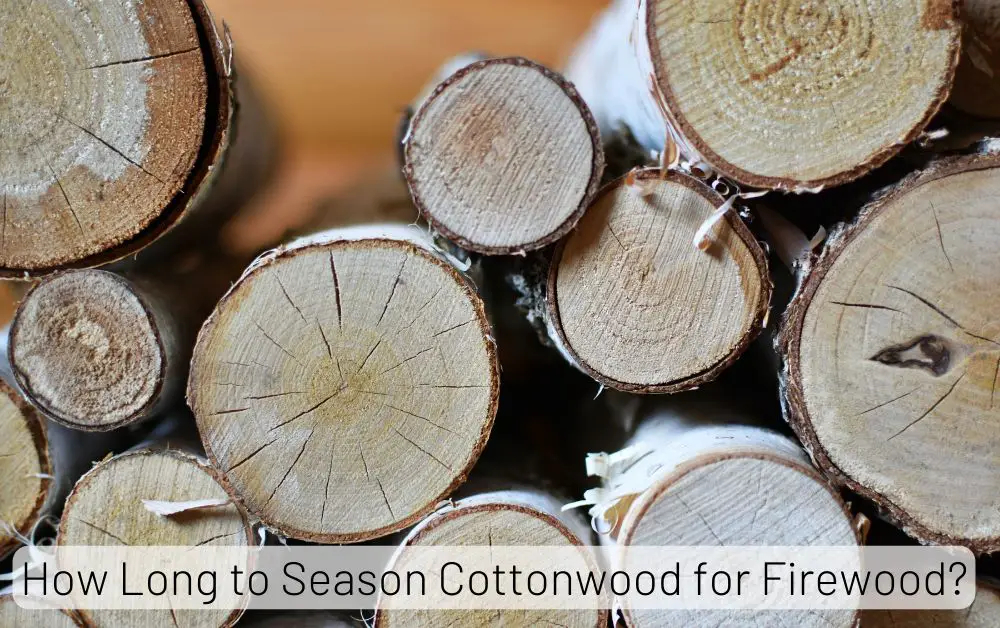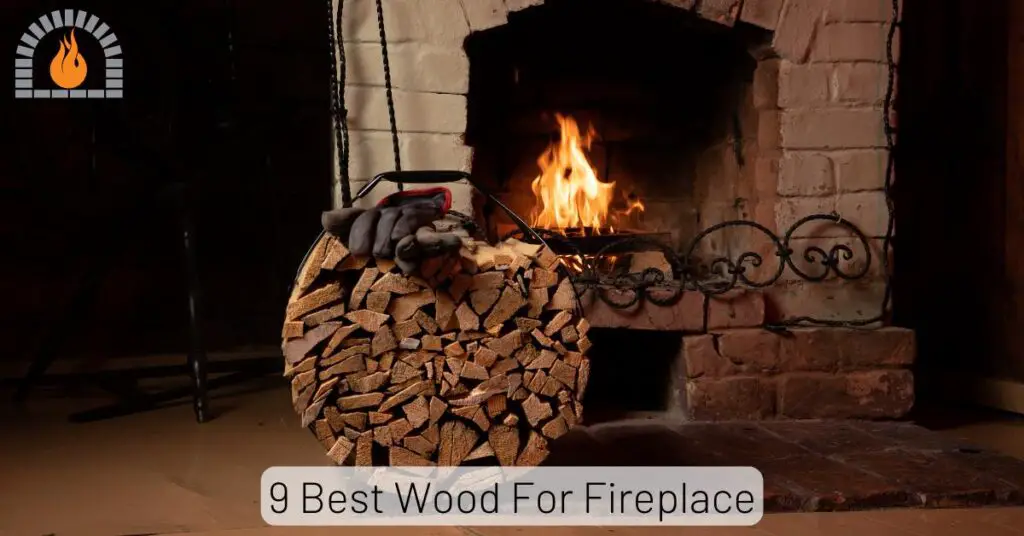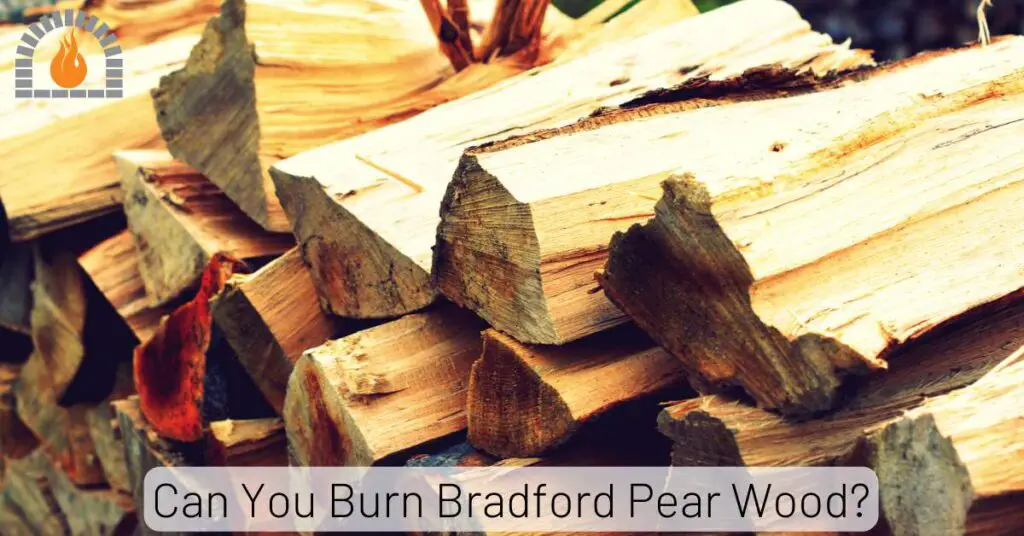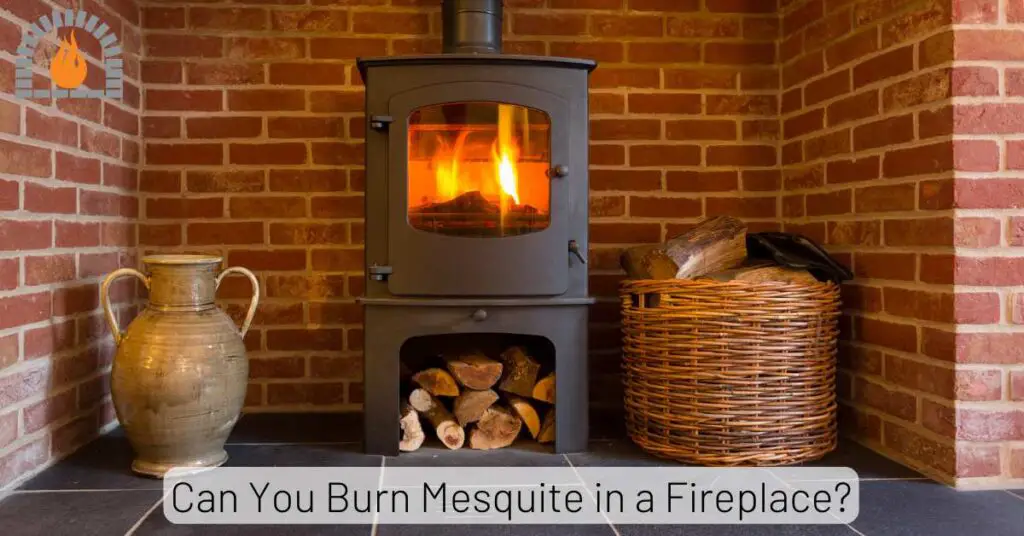Finding cheap firewood doesn’t have to mean compromising on quality. You can source affordable firewood from local suppliers, tree removal services, online marketplaces, and even free sources like storm-damaged trees or construction sites. The key to getting the best deals is knowing where to look, understanding seasonal price fluctuations, and building relationships with local suppliers.
This comprehensive guide will walk you through the most cost-effective ways to keep your home warm without breaking the bank.
Key Takeaways
- Local tree removal services often offer the cheapest firewood, especially if you’re willing to split and stack it yourself
- Buying firewood during off-season months (spring and summer) can save you 20-30% compared to winter prices
- Online marketplaces like Facebook Marketplace and Craigslist frequently have discounted or free firewood listings
- Joining a firewood co-op or buying in bulk with neighbors can significantly reduce per-cord costs
- Properly seasoning your own wood can cut costs by up to 50% compared to buying pre-seasoned firewood
Where to Get Cheap Firewood: Top Sources
1. Local Tree Removal Services
One of the best sources for cheap firewood is local tree removal companies. These services often need to dispose of trees they’ve cut down and may be willing to sell or even give away the wood.
How to approach tree removal services:
- Contact local arborists and tree removal companies directly
- Ask if they have any recently cut wood available
- Offer to pick up the wood yourself to save them disposal fees
- Be prepared to split and stack the wood yourself
According to the International Society of Arboriculture, many tree service companies are happy to give away wood rather than pay landfill fees, making this a win-win situation.
2. Online Marketplaces
Digital platforms have revolutionized how we find affordable firewood. Here are the most effective online marketplaces:
Facebook Marketplace
Facebook Marketplace has become a go-to platform for finding cheap firewood locally. Many people sell surplus firewood at reasonable prices, and some even offer it for free if you’re willing to collect it.
Tips for using Facebook Marketplace:
- Set up alerts for “firewood” in your local area
- Check listings daily, as good deals go quickly
- Be prepared to negotiate prices
- Ask about the wood type and seasoning time
Craigslist
Craigslist remains a popular platform for finding affordable firewood. The “for sale” section often has listings from both commercial suppliers and individuals looking to sell excess wood.
Tips for using Craigslist:
- Browse both the “for sale” and “free” sections
- Be cautious of scams and always inspect the wood before paying
- Consider posting a “wanted” ad specifying your needs
3. Sawmills and Woodworking Shops
Sawmills and woodworking shops often have leftover wood that they sell at a discount. This wood is typically clean and already cut to manageable sizes.
Benefits of buying from sawmills:
- Access to high-quality hardwoods at lower prices
- Wood is often already dry and ready to burn
- Opportunity to buy unique or specialty woods
The U.S. Forest Products Laboratory notes that sawmill residues can be an excellent source of firewood at reduced prices, especially if you’re willing to buy in bulk.
4. National Forests and Public Lands
In many areas, you can obtain firewood permits for national forests and public lands. These permits allow you to collect downed wood for personal use.
How to obtain firewood permits:
- Contact your local Forest Service office
- Check the specific regulations for your area
- Be prepared to follow guidelines about which trees can be collected
- Have the proper tools and safety equipment
According to the U.S. Department of Agriculture, firewood permits typically cost $20-$50 per cord, significantly less than commercial prices.
5. Construction Sites and Land Clearing Operations
Construction sites and land clearing operations often generate large amounts of wood that needs to be removed. If you approach the site manager, you may be able to take some of this wood for free or at a very low cost.
Important considerations:
- Always get permission before taking wood from any site
- Be aware that construction wood may be treated or contain nails
- Wear appropriate safety gear when collecting wood
- Be prepared to process the wood yourself
Seasonal Strategies for Finding Cheap Firewood
Buying in the Off-Season
Firewood prices typically follow seasonal demand, with prices peaking in late fall and winter. Buying firewood during spring and summer can save you 20-30% compared to winter prices.
Benefits of off-season buying:
- Lower prices due to reduced demand
- Better selection as suppliers have full inventory
- More time to properly season the wood before winter
- Less competition from other buyers
End-of-Season Sales
As winter winds down, many firewood suppliers offer discounts to clear their inventory before spring. This can be an excellent opportunity to stock up for the following year.
How to find end-of-season sales:
- Contact local suppliers in late winter
- Ask about bulk purchase discounts
- Consider buying a year’s supply at once for maximum savings
DIY Firewood: The Ultimate Cost-Saver
Harvesting Your Own Firewood
If you have access to land with trees, harvesting your own firewood can be the most cost-effective option. However, it requires an initial investment in equipment and knowledge of proper techniques.
Essential equipment for harvesting firewood:
- Chainsaw (with safety gear)
- Splitting maul or hydraulic splitter
- Wheelbarrow or cart
- Safety equipment (gloves, goggles, hearing protection)
The Occupational Safety and Health Administration (OSHA) provides comprehensive safety guidelines for chainsaw use and tree felling that should be reviewed before attempting to harvest your own firewood.
Processing Your Own Firewood
Buying unprocessed wood and processing it yourself can significantly reduce costs. Many suppliers offer “green” or unseasoned wood at a discount if you’re willing to split and stack it yourself.
Steps for processing firewood:
- Buck the wood (cut logs to desired length)
- Split the wood into manageable pieces
- Stack the wood in a dry, well-ventilated area
- Allow the wood to season for at least 6-12 months
Free Firewood Sources
Storm Damage Cleanup
After storms, many communities have an abundance of downed trees and branches that need to be cleared. This can be an excellent source of free firewood.
How to find storm-damaged wood:
- Monitor local news for storm reports
- Contact your city’s public works department
- Check with local parks departments
- Offer to help neighbors with cleanup in exchange for wood
Tree Trimming Services
Like tree removal companies, tree trimming services often have wood they need to dispose of. Contacting these services can lead to free or very cheap firewood.
Tips for working with tree trimming services:
- Build relationships with local arborists
- Be flexible about timing and wood types
- Offer to help with cleanup in exchange for wood
- Be prepared to process the wood yourself
Pallets and Reclaimed Wood
Businesses often discard wooden pallets and other wood waste that can be used as firewood. While not ideal for primary heating, this wood can supplement your supply.
Important safety notes:
- Avoid pallets treated with chemicals (look for “HT” for heat-treated)
- Remove all nails, staples, and other metal objects
- Be aware that pallet wood burns quickly and may produce more ash
The Environmental Protection Agency (EPA) warns against burning treated or painted wood, as it can release harmful chemicals into your home and the environment.
Firewood Cost Comparison
To help you understand the potential savings, here’s a comparison of average firewood prices from different sources:
| Source | Average Price per Cord | Notes |
|---|---|---|
| Full-service delivery | $300-$500 | Includes delivery and stacking |
| Local supplier (self-pickup) | $200-$350 | You pick up and stack yourself |
| Tree removal service | $50-$150 | Often requires splitting and processing |
| National forest permit | $20-$50 | Requires your own labor and equipment |
| Free sources | $0 | Requires significant time and effort |
Maximizing Your Firewood Efficiency
Proper Seasoning
Properly seasoned firewood burns more efficiently and produces more heat than green wood. Wood should be dried for at least 6-12 months before burning.
Tips for seasoning firewood:
- Stack wood in a single row for maximum air circulation
- Keep wood off the ground using pallets or rails
- Cover the top of the stack but leave the sides open
- Store in a sunny, windy location if possible
Efficient Burning Techniques
How you burn your firewood can significantly impact how much you need to use. Proper burning techniques can stretch your firewood supply and save you money.
Best practices for efficient burning:
- Use smaller, hotter fires rather than large, smoldering ones
- Ensure proper airflow in your fireplace or stove
- Use a fireplace insert to improve efficiency
- Maintain your chimney and stove regularly
The U.S. Department of Energy provides detailed guidance on efficient wood burning practices that can help reduce your heating costs.
Building Relationships with Suppliers
Developing good relationships with firewood suppliers can lead to better deals and priority access during shortages.
Tips for building supplier relationships:
- Become a repeat customer
- Pay promptly and without haggling (except for initial negotiations)
- Refer friends and family to the supplier
- Be flexible about delivery times and wood types
Firewood Safety and Environmental Considerations
Transporting Firewood
Moving firewood from one area to another can spread invasive pests and diseases. Many states have regulations limiting how far firewood can be transported.
Guidelines for transporting firewood:
- Buy firewood locally whenever possible
- Don’t move wood more than 50 miles from its source
- Check state regulations before transporting wood across state lines
- Consider using certified, heat-treated firewood for camping trips
The Don’t Move Firewood campaign provides state-by-state guidelines and information about pests that can be transported in firewood.
Sustainable Harvesting
If you’re harvesting your own firewood, it’s important to do so sustainably to maintain healthy forests.
Sustainable harvesting practices:
- Focus on dead and downed wood first
- Never cut live trees without proper knowledge and permission
- Maintain diversity by taking wood from various species
- Leave some dead wood for wildlife habitat
FAQs
What’s the cheapest type of firewood?
Softwoods like pine and fir are generally the cheapest types of firewood, but they burn faster than hardwoods. For the best value, look for mixed hardwood cords or locally abundant species. The cheapest option overall is often free wood from tree removal services or storm cleanup.
How much firewood do I need for winter?
The amount of firewood you need depends on your climate, home size, insulation, and how often you use your fireplace or wood stove. As a general rule, most homes require 3-5 cords for a heating season. A well-insulated home in a moderate climate might need only 2-3 cords, while a poorly insulated home in a cold climate could need 6 or more cords.
Is it cheaper to buy firewood by the cord or by the pickup load?
Buying by the cord is almost always cheaper per unit of wood than buying by the pickup load. A cord is a standardized measurement (128 cubic feet), while a pickup load can vary significantly. However, if you only need a small amount of wood, buying by the pickup load might be more practical and cost-effective for your specific needs.
Affiliate Disclosure: Fireplaceadviser.com is a participant in the Amazon Services LLC Associates Program. We may earn a commission when you click on certain links on this site and purchase.

Hello!! I am Jamal Khan. I often fix my home electric heaters and gas stove problems and research the common issues in the heating units to improve my knowledge and expertise. The aim of establishing fireplaceadviser.com is to share my expertise and knowledge with my audience.


















